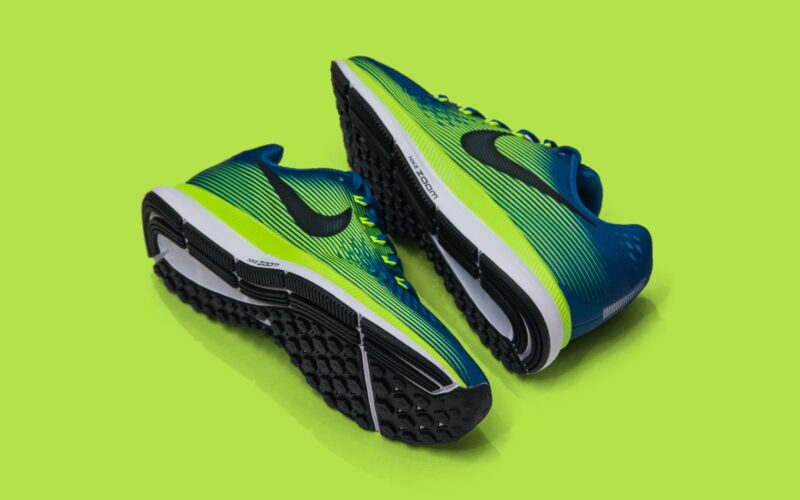How did Nike’s share price hit an all-time high in the middle of a pandemic? The American sportswear giant’s success is rooted in a radical direct-to-consumer strategy built around content, community and customization, and conceived for a post-internet world where brand connections are everything. As it navigates a pandemic-plagued retail environment, Nike Inc. is ramping up its digital-focused business approach.
In its fourth-quarter of 2020, the sports powerhouse revealed that it has launched the Consumer Direct Acceleration phase of its Consumer Direct Offense alignment, which was unveiled back in 2017.
Nike plans to increase investments in e-commerce and technology as part of the strategy, as well as simplify its “consumer construct” of men’s, women’s, and children’s divisions. It also plans to establish up to 200 additional smaller-format, digitally equipped “monobrand” stores across North America and the countries of Europe, the Middle East, and Africa.
Nike laid off an undisclosed number of staff as a result of the relocation. The layoffs, according to Nike, are not connected to cost savings, but rather to a reorganization of resources.
Due to the Pandemic, Nike, like other businesses, had to close the majority of its stores throughout the world. However, Nike’s success during the pandemic, when online sales soared, convinced many that the company had the ability to thrive in the long run, in a world increasingly defined by e-commerce and digital brand relationships. Because of the closures of its physical shops, Nike has shifted its focus to its digital business – the brand then saw double-digit growth in all geographies.
Consumer Direct Acceleration became a great success. In the mere year since June 2020, Nike’s shares grew by 66%, which is roughly equivalent to the already successful period from 2017 to 2020, when shares grew by similar amounts.
In the midst of a pandemic, how did Nike’s stock price reach an all-time high? The success of the American sportswear behemoth is based on a ground-breaking direct-to-consumer approach centered on content, community, and personalization, and designed for a post-internet future where brand relationships are everything.
Nike isn’t the only company that has realized the advantages of selling directly to customers. Under Armour is also intending to close thousands of wholesale doors, while Adidas expects DTC to account for half of its sales by 2025. Retailers in other industries have also realized the need to refocus on direct-to-consumer sales. But if we take into the account the timing of these new measures, it’s become obvious that most of these companies were inspired by Nike’s success.
